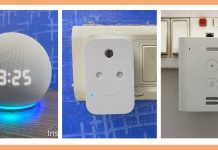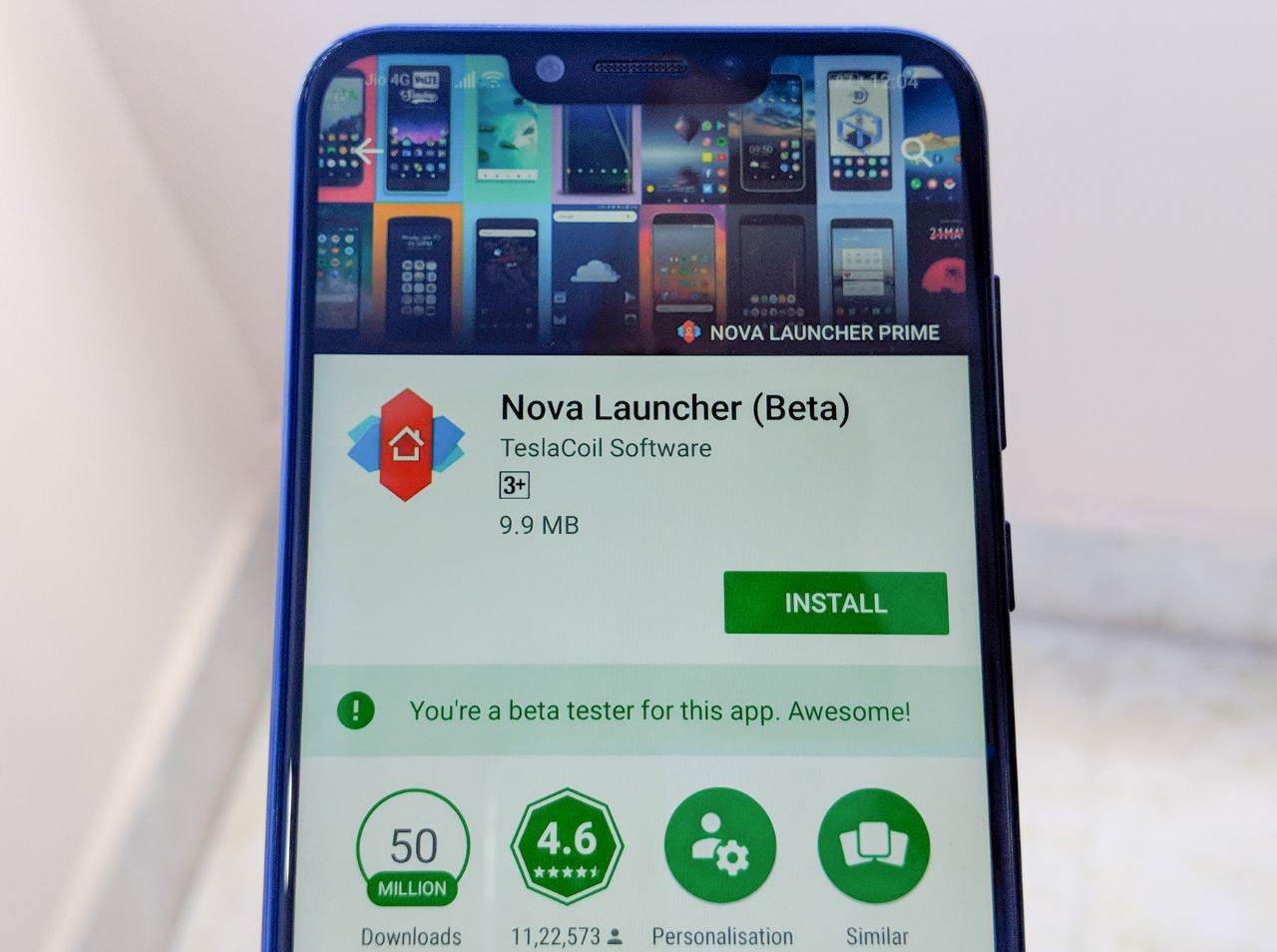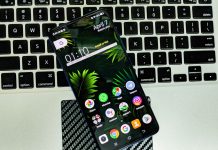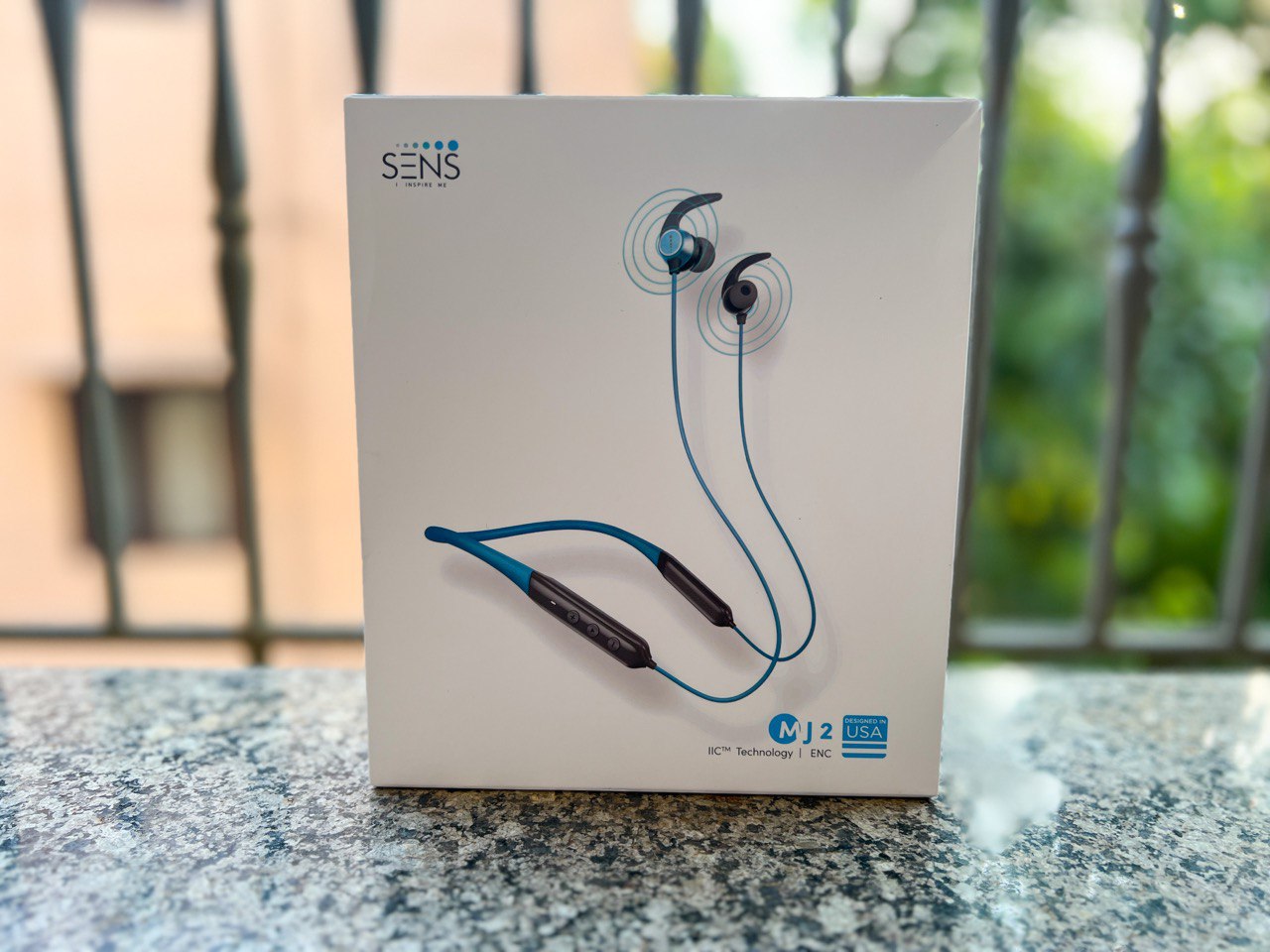
Guest post by Arpit Verma from Pricebaba.com.
Someone famously told me, that if you want to be a successful businessman, then always put your revenues and profits first, and if it does good for someone else, then you call it a double profitable business. It is a shrewd reality, the only survival tactic in this competitive world. Apple seems to have pulled this off several times in the past, and pulled of a masterstroke when it comes to the recently controversial, Error 53.
Error 53 jumped into the news, when several iPhone users started complaining of their phones automatically bricking away randomly. It was later discovered that the phones followed a pattern, where the users had gotten their Touch ID or the display repaired from stores that weren’t genuine Apple service centres.
Apple made a big announcement when it announced the Touch ID on their iPhone 5s, now two years ago pretty much laying down the foundations of the trend of fingerprint scanner phones that seem to be the in thing today. Apple announced that it would not be storing any of your data regarding the Touch ID on its servers or even in iCloud. All the data would be stored in your device locally. Ideally your Touch ID is configured in a way that it recognises the local device, most likely via the serial number. Every time you get your Touch ID repaired from an Apple service centre, the new Touch ID must be paired to your iPhone hardware for things to work as expected. Apple routines matches the Touch ID and other hardware on the phone, especially if there is an update available. On finding a mismatch, which will happen when you get your Touch ID or display repaired from a third party, which is not an Apple service centre, your phone gives Error 53 and is bricked forever.
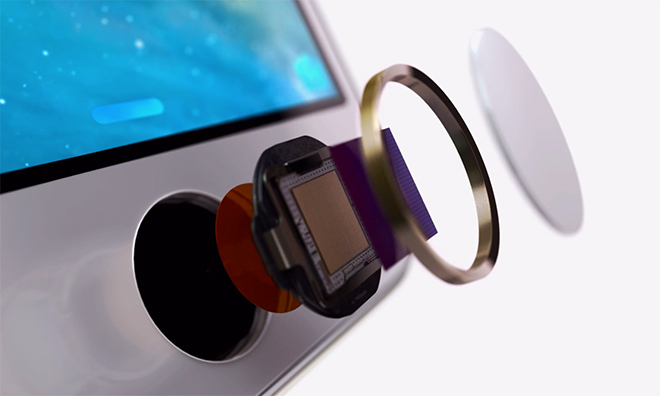
Apple claims that they are doing it as a favour to protect your privacy as the system thinks that the phone is a stolen device and someone is trying to access your information. Their official stance on the issue has been, “We protect fingerprint data using a secure enclave, which is uniquely paired to the Touch ID sensor. When iPhone is serviced by an authorised Apple service provider or Apple retail store for changes that affect the Touch ID sensor, the pairing is re-validated. This check ensures the device and the iOS features related to Touch ID remain secure. Without this unique pairing, a malicious Touch ID sensor could be substituted, thereby gaining access to the secure enclave. When iOS detects that the pairing fails, Touch ID, including Apple Pay, is disabled so the device remains secure.”
However, the reality is that, Apple has not issued the tool, which is used to pair a new Touch ID to your iPhone locally, to anyone but its own recognised service centres. As a result, if you go out of the Apple family, and get your phone repaired from a local shop, you will be hit hard thanks to Error 53 since there is a pairing mismatch. The only work around is that, if you get your Touch ID or display repaired locally, you need to stay away from all possible future updates, which is really sad.
While it may be all good for security, this is Apple once again, clearly telling you to strictly stay within the tall walls of their control. Just like not recognising warranty on a jailbroken phones or on illegally unlocked phones purchased from abroad, Apple is ensuring that the users do not find any way out of the said wall. iFixit’s chief Kyle Wiens, was one of the first to recognise the monopoly and rightly stated, “Manufacturers using their monopoly to block third party repair isn’t a new issue — auto manufacturers have also tried to lock out local mechanics. It took ‘Right to Repair’ legislation to force the automakers to do the same thing. Hopefully Apple is savvier than they were.” And, Apple could well be dragged to the court for the same in certain countries.
iFixit has noted that the issue is not just killing iPhones with new Touch IDs or displays, but pretty much any hardware that has been swapped, in the absence of a an Apple Repair personnel. Even components moved between two perfectly working iPhones are causing the Error 53, clearly stating the intent here is that you visit the Apple Service Centre for anything you want to do with your iPhone.
We can only hope that Apple refrains from going the same route for the MacBook, we shudder to think, what would happen then given we swap hardware pretty much all the time, especially on the older MacBook Pros.
This is a guest post by Arpit Verma who works at Pricebaba.com as the Manager for Digital Marketing. You can follow him on Twitter @redarpit.


